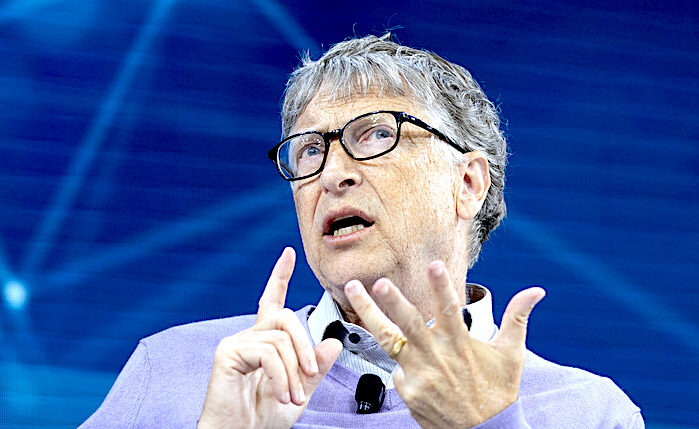"If anything kills over 10 million people in the next few decades, it's most likely to be a highly infectious virus rather than a war," Gates said during a 2015 Ted Talk. "We've actually invested very little in a system to stop an epidemic. We're not ready for the next epidemic."
Now the billionaire philanthropist has spoken on what the next big crisis facing humanity could be. During an interview on Derek Muller's YouTube channel Veritasium, Gates pointed out two prominent threats facing the modern world: climate change and bioterrorism. Gates said during the interview:
"Every year that [climate change] would be a death toll even greater than we've had in this pandemic. Also, related to pandemics is something people don't like to talk about much, which is bioterrorism, that somebody who wants to cause damage could engineer a virus. So that means the chance of running into this is more than just the naturally caused epidemics like the current one."While Gates said there will certainly be more pandemics in the future, he said humanity could increase its preparedness for one to the point where the world would never have a death toll anywhere near what is occurring today with the coronavirus outbreak, which has infected more than 107 million people and killed more than 2.3 million around the globe.
"Pandemics can be worse in terms of the fatalities. Smallpox was over 30 percent fatality. We were lucky that the fatality here is not, not super high, but we can nip in the bud...the number of deaths with the right system should be a tenth of what we've seen here."Gates said the world could prepare for the next pandemic by advancing mRNA research, the technology used in the Pfizer and Moderna COVID-19 vaccines, increasing testing to 10 million PCR tests a day and making more investments in diagnostic machines and therapeutics.





Comment: Yowza! It's almost like he has an insider's track on these things!